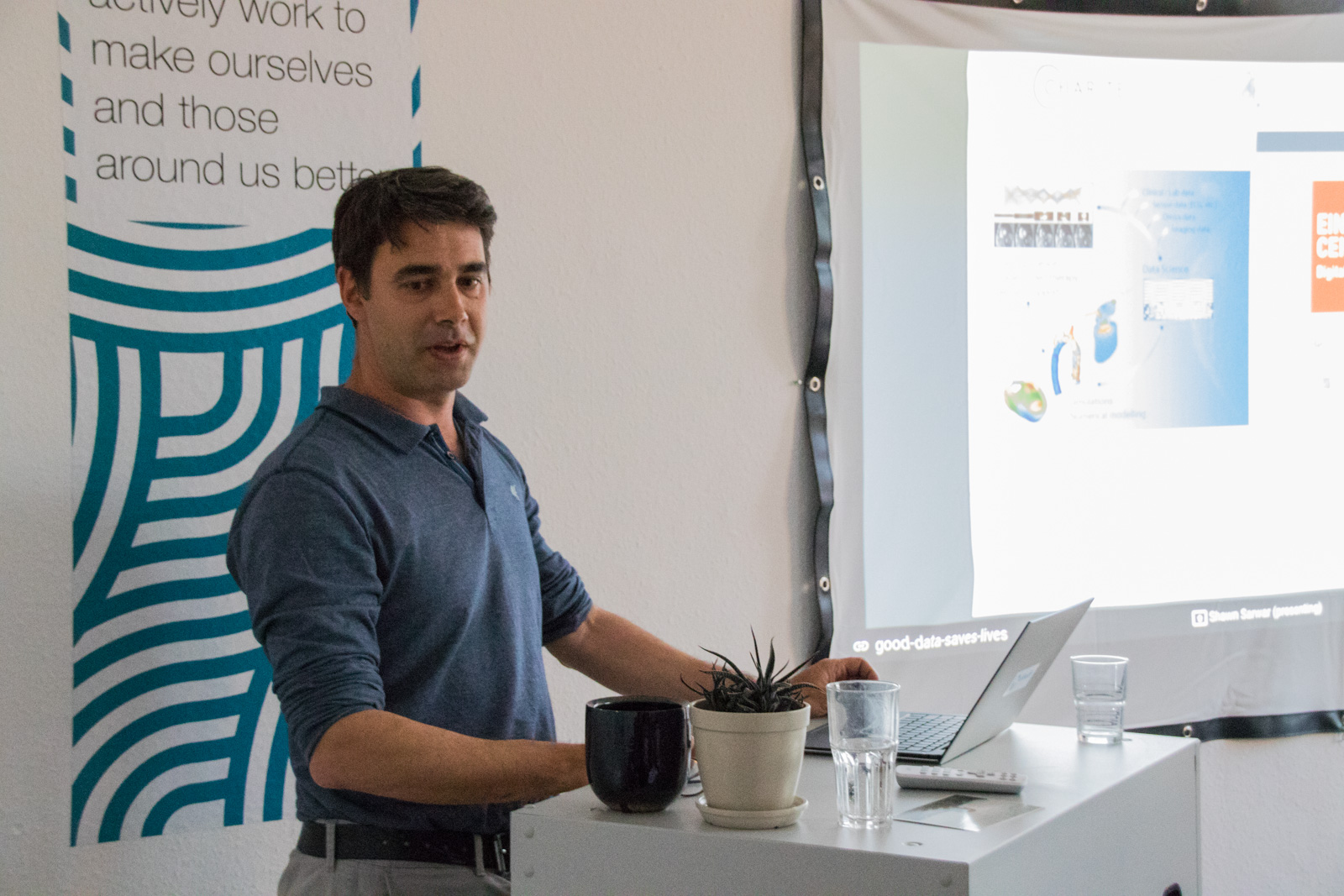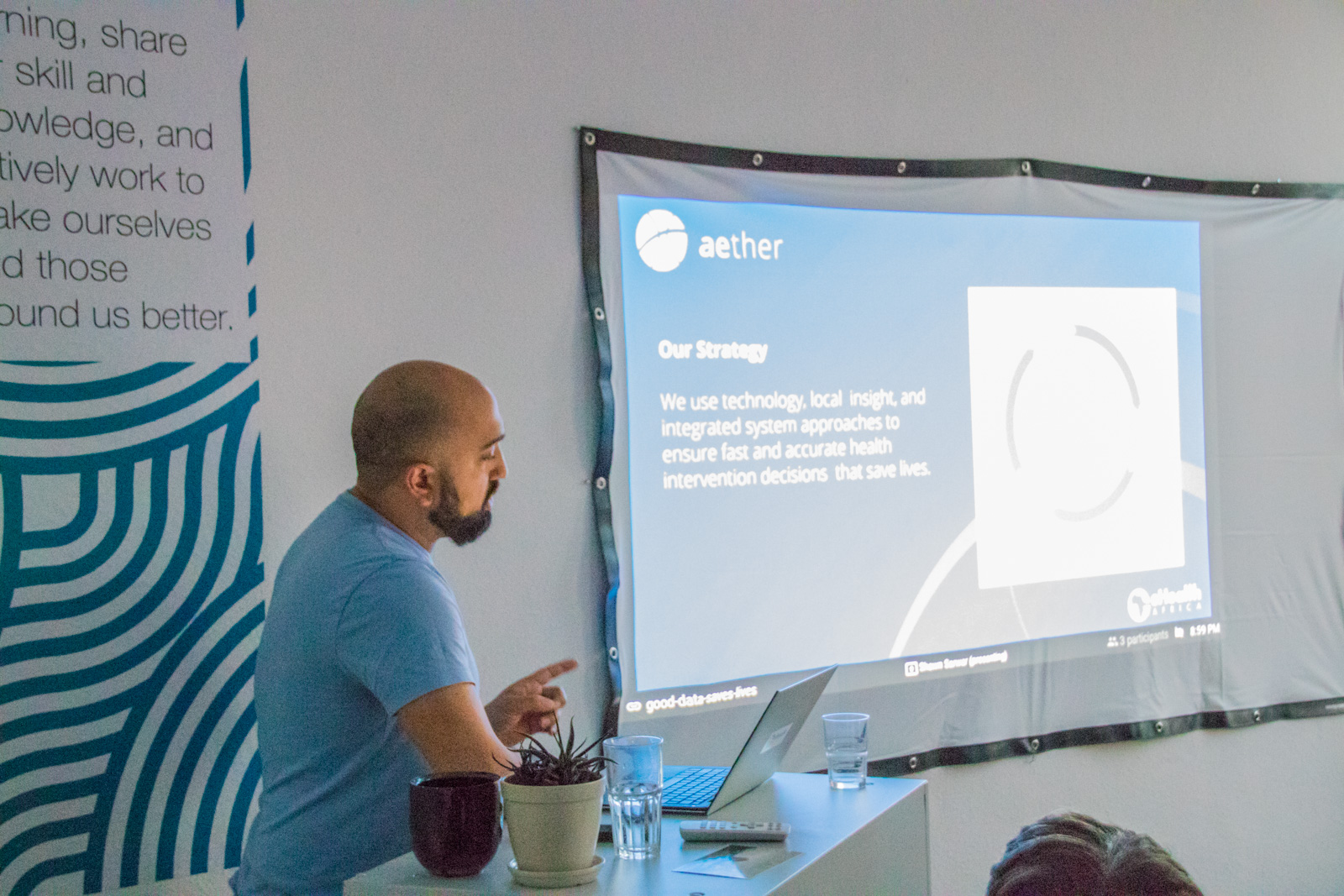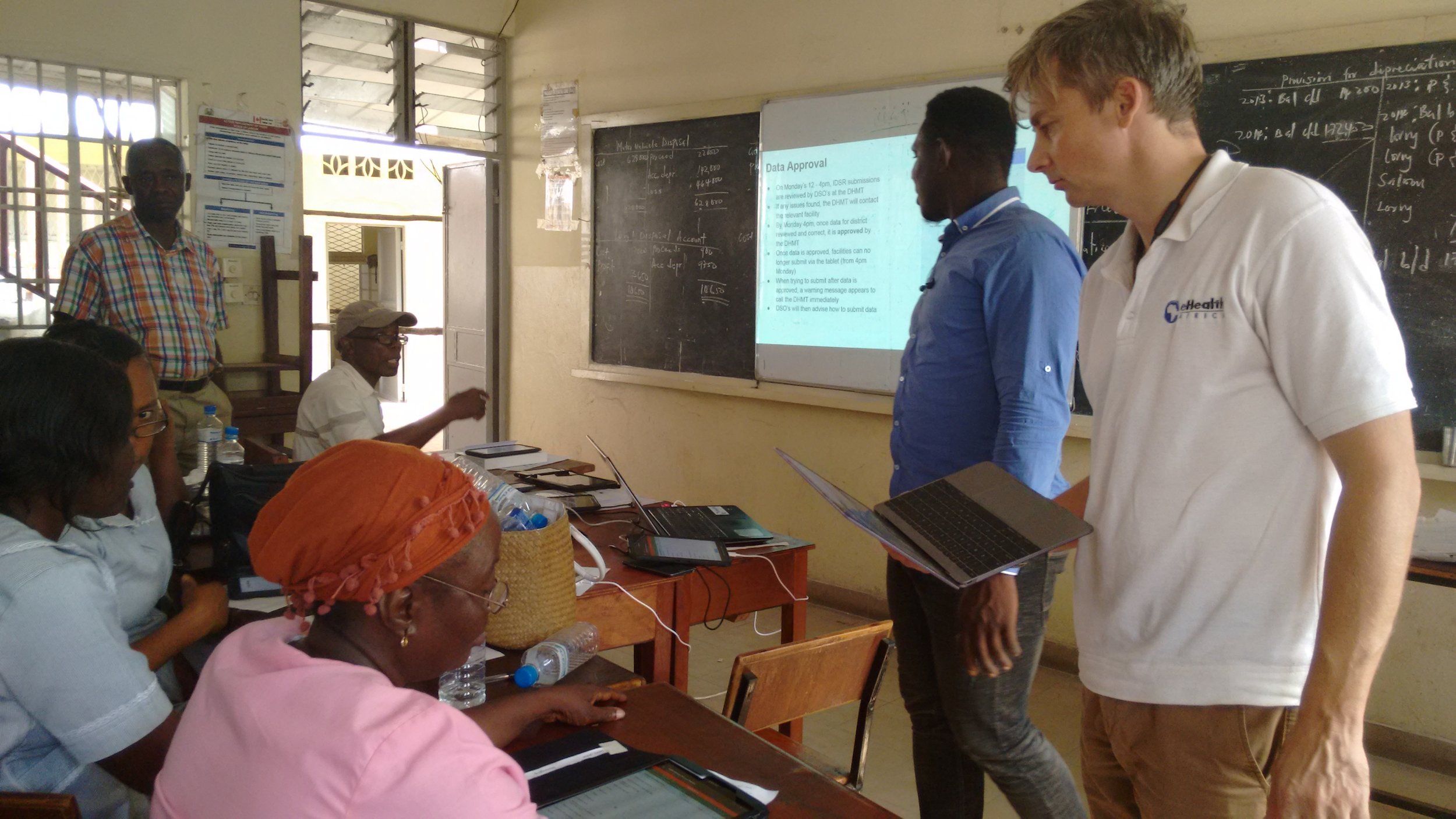The VTS program uses software- encoded phones that track, record and store the coordinates of their locations- and all the vaccinators have to do is take the phone with them on their vaccination exercises. eHA also deploys project field officers to each local government area, to handle any technical difficulties and to ensure that the data from the phones are uploaded to a dashboard. At the review meetings that take place daily, eHA paints a picture of how much progress has been made- breaking it down to local government, ward and if necessary settlement levels.
Why is this Important?
Nigeria has always struggled to improve Routine Immunization (RI) coverage rates. The major challenge was the discrepancy between the high number of missed children discovered during monitoring visits and the high numbers of vaccinated children reported by field vaccination teams. Stories and reports of vaccinators pouring away vacci nesor refusing to visit settlements were common but holding them accountable was difficult.
In line with eHA’s virtuous cycle strategic model, the Vaccination Tracking System program arms the federal and state governments, ministries of health and partner organizations with reliable data and insight, that they can quickly use to make informed, evidence-based decisions. VTS is a game changer because it helps the immunization coordination teams- World Health Organisation (WHO), United Nations International Children’s Emergency Fund (UNICEF), National Primary Healthcare Development Agency (NPHCDA), Nigeria’s Federal Ministry of Health and partner organizations- discover exactly what settlements the vaccinators have visited or not; as well as what locations they had visited within each settlement. VTS also gives the relevant partners a visual representation of which wards or settlements were underserved thereby, enhancing the ability of the national and state RI task teams to target such communities.
VTS motivates the ward focal persons (WFP) and LGA teams and removes the risk of complacency especially in wards with high coverage rates. Results of each campaign day’s activities are delivered by proportion of settlement type covered and overall percentage coverage for each ward. In other words, WFPs are told the percentage coverage of their wards that have been covered and locations where they need to pay more attention to. This inspires them to work harder and more efficiently.

















